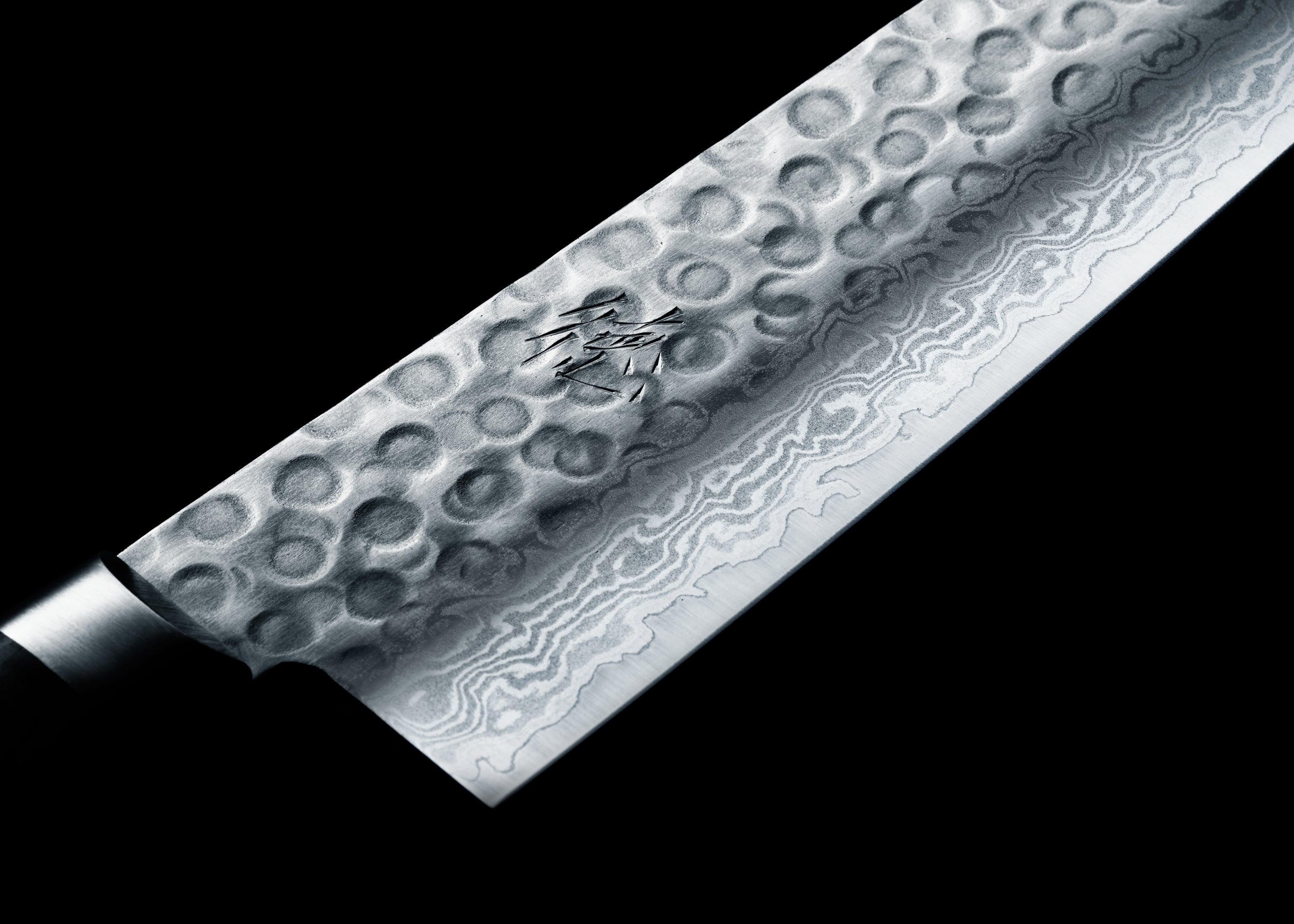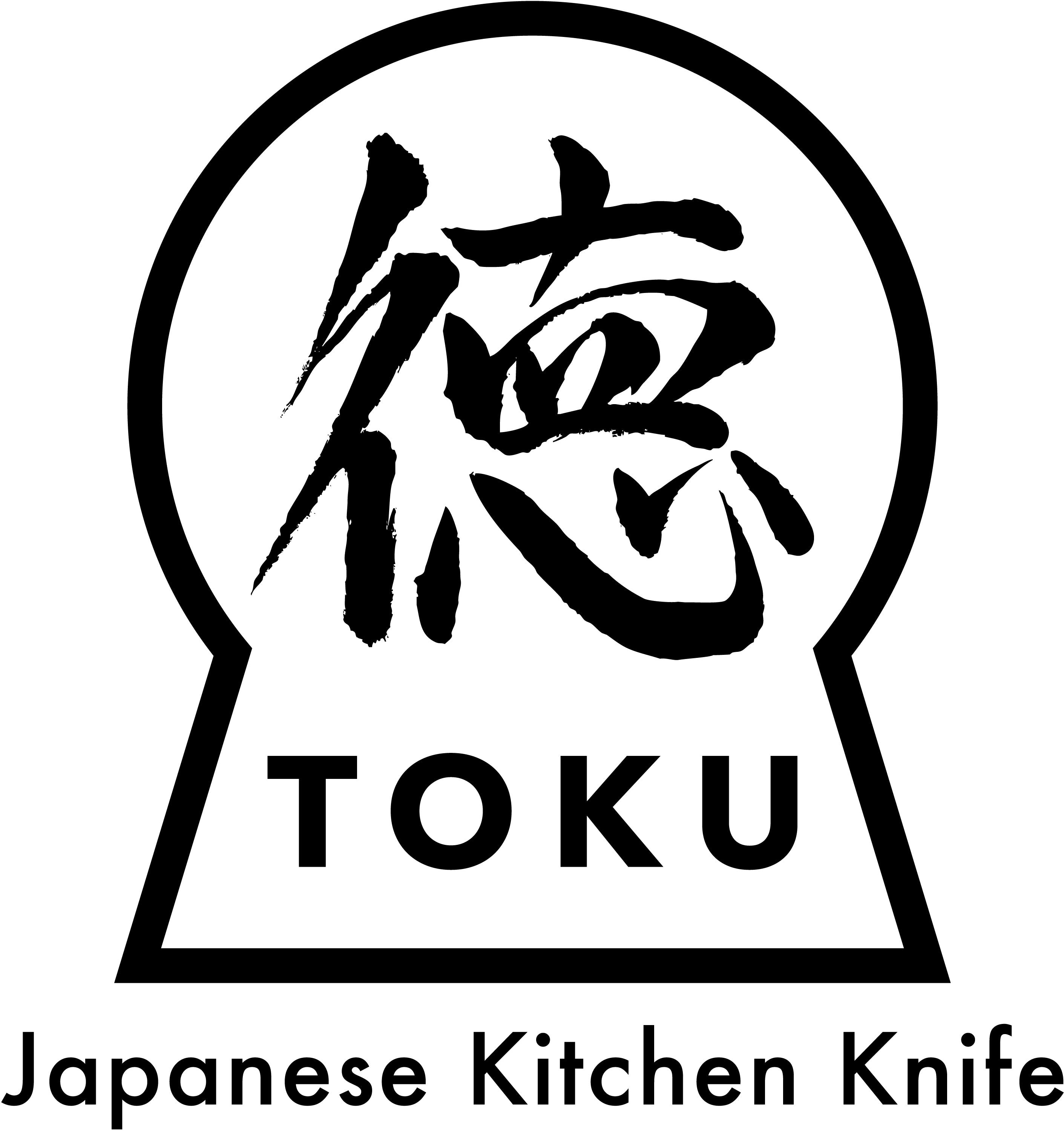History of Sakai cutlery

The history of Sakai's forged cutlery dates back to the construction of the tomb of Emperor Nintoku, said to be the world's largest ancient tomb, built around the 5th century.
This enormous burial mound, with a maximum length of 840m and a maximum width of 654m, is said to have taken more than 15 years to build.
At that time, there was a need for a large number of hoes and shovels for tilling the soil and digging holes, so it is said that blacksmiths were gathered from all over Japan and settled in Sakai to make them.
It is said that Sakai flourished as a free city during the Sengoku period.
When matchlock guns, which had been introduced to Tanegashima from Portugal, were brought to Sakai, the area quickly became one of Japan's leading matchlock gun production areas thanks to its excellent blacksmithing techniques.
The quality of matchlock guns made in Sakai was highly praised by the warlords of the Sengoku period, and it is said that the matchlock gun that the Sengoku warlord Oda Nobunaga loved so dearly throughout his life was also made in Sakai.
As the Edo period began, the demand for matchlock guns gradually decreased, and Sakai matchlock guns changed from practical items to items to be enjoyed as decoration.
As production numbers plummeted, tobacco brought from Portugal began to spread among the people.
At the same time, tobacco leaves began to be cultivated domestically, and Sakai craftsmen began making knives for chopping the leaves. This is said to be the origin of what would later become Sakai cutlery. Sakai-made tobacco knives were so sharp and durable that the Edo Shogunate at the time sold them throughout Japan as a government monopoly, stamped with the mark "Sakai Kyoku".

As time passed, tobacco production became mechanized and Sakai tobacco knives became unnecessary.
The craftsmen who had previously been making tobacco knives began using their experience and skills to make cooking knives.
Sakai knives are characterized by a division of labor, with blacksmiths and blade sharpeners devoting their entire lives to mastering their respective crafts. This mutual mutual training results in the creation of high-quality knives unmatched in other production areas.
In 1982, Sakai forged cutlery was designated a traditional craft, and its quality is widely recognized not only in Japan but also around the world.
